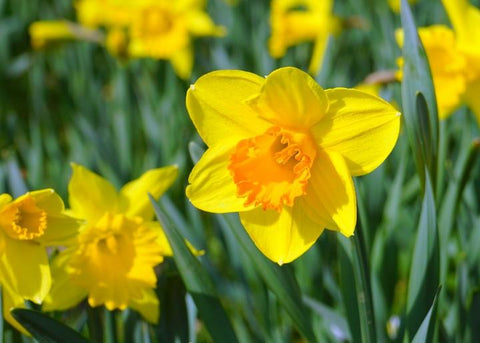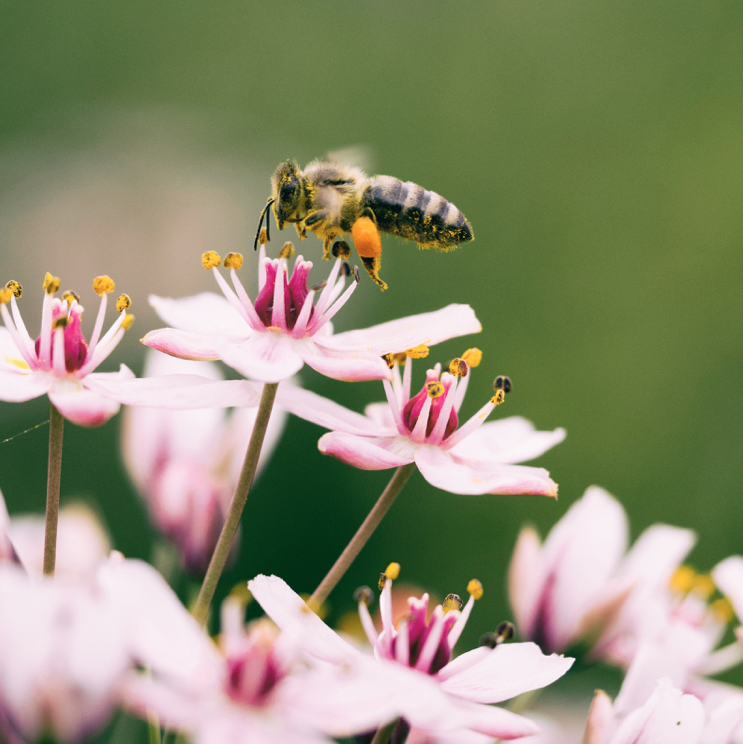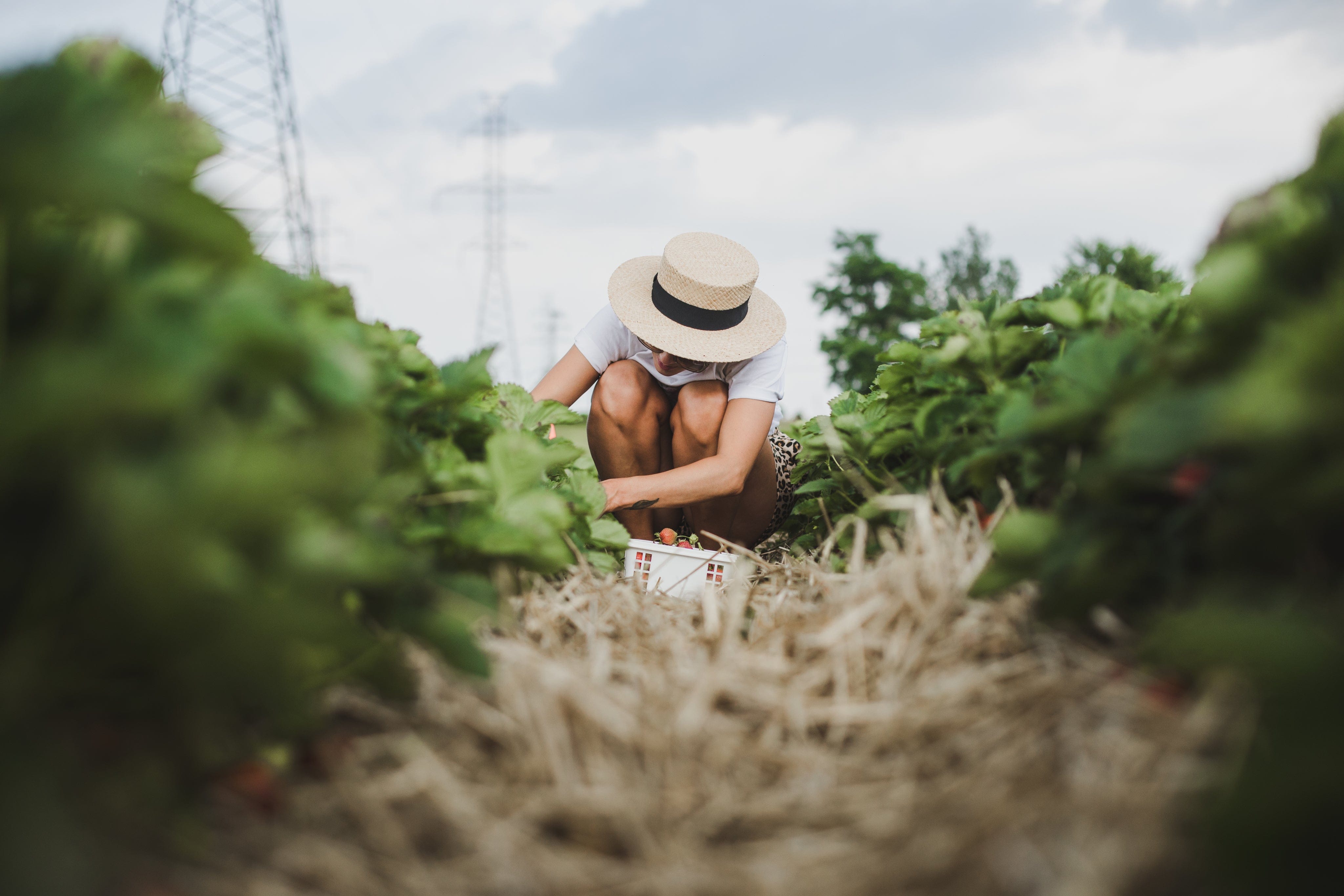
10 Common Plants Poisonous to Pets

As a pet owner and someone who loves being in the garden, growing all sorts of interesting plants, it is important to know which of your beloved plants could end up harming your beloved pet. Knowing the difference between your plants will not only help to ensure that you don’t end up planting something potentially lethal, but it can also help you to spring to action, should your pet nibble on the wrong thing.
There some plants that, while they won’t kill your pet, they might cause serious illness, and then there are those plants that can be deadly. The severity of the poison effect can also vary from pet to pet, in terms of the animal’s weight and disposition.
For some ideas on planting your garden with animal friendly plants, give this a read
Knowing which plants are dangerous is going to be potentially lifesaving, so do share this information with fellow pet parents.
Poisonous Plants
1. Azalea

These gorgeous flowers, which come in all sorts of colours, are a common feature in most gardens. The pink ones are especially popular and since the bush is often grown in garden beds, they are just that perfect height for inquisitive pets to get a hold of.
The azalea flower is from the same family as the rhododendron which is well known to be absolutely toxic to animals. Should your animal happen to ingest any part of this plant, but in particular the leaves, it could result in drooling, vomiting and a very upset stomach. If your animal starts presenting with such symptoms it is vitally important that you get it to the vet as quickly as possible. If left untreated, the animal could go into a coma and die.
2. Lilies

There are some lilies that are harmless and then there are those that are harmful, even deadly, and it is so important to know the difference. Your peace lilies, the Peruvian lily and the Calla lily, all contain oxalate crystals which when consumed can cause quite a lot of irritation to the mouth, which will make the animal drool, but these lilies are not likely to be deadly.
The lilies that could kill your best friend, especially if your best friend is a cat, include Easter lilies, day lilies, tiger lilies, and Japanese Show lilies. Just eating one or two leaves or petals, could be lethal. Should you notice your pet having a nibble, get them to the vet as quickly as possible.
3.Daffodils

The bulb, the plant or the flower of the beautiful daffodil plant can cause a severe reaction when consumed. Diarrhoea, pain in the abdomen, vomiting, and eventually arrhythmias and respiratory issues are all common symptoms of daffodil ingestion, and can lead to death.
Initially, the pet will be drooling excessively, so if you notice that and you think that your pet has eaten your daffodil, get them to the vet as soon as you can.
4. Hyacinths

Hyacinths as well as tulips are quite a common feature in the garden, as they are quite easy to grow and can really brighten things up. But while they are beautiful, their bulbs are toxic, so if you have a dog that likes to dig up the garden, you’ll want to keep a close eye on what they eat.
The usual signs of ingestion will include plenty of drool and vomiting, as well as irritation in the mouth. Only a small amount of the plant needs to be consumed for it to be lethal. The downside is that there is no treatment for the ingestion of these plants, but with good veterinarian care, the pet should be okay.
5. Sago Palm

A palm that is rather favored in the home, the sago palm is not at all pet friendly. The leaves and seeds, when eaten, can lead to vomiting, damage to the lining of the stomach, and liver failure, and if enough of it is ingested, the pet could die. Make sure that if you have a pet who is inclined to munch on plants, especially puppies who have a habit of gnawing on anything, you place the palm well out of reach. Try an out of reach pot
6. Oleander

The oleander plant, with its attractive pink flowers, might look stunning, but it is considered to be one of the most poisonous plants in the world, and not just for pets. Every part of this plant is highly toxic and when a pet consumes it, they will have gastrointestinal irritation, hypothermia and abnormal heart rhythms. Consumption of the plant can definitely lead to death. Keep this plant away from pets who might try to eat it.
7. Amaryllis

In South Africa, the most common amaryllis is the bright red kind that blooms in the summer months. It is popular in many gardens but it can be harmful to pets, although it might not kill them. If you think your pet has eaten part of your amaryllis, look out for excessive drooling, tremors, weight loss, depression, vomiting and an upset stomach.
8. English Ivy

Many homes are adorned with English Ivy, a vine plant that easily creeps up walls and fences. While the plant might be best known for luring in spiders looking for a cosy home, it can be a health risk to pets. When eaten, the ivy will cause the pet to have an upset stomach, more than usual drooling, abdominal pain, and vomiting. If you are concerned, the best thing to do is to take your animal to a vet.
9. Chrysanthemum

When in full bloom, the chrysanthemum is a dazzling beauty but when a pet gets its mouth on it, the reaction is not pleasant. Pets will start drooling, vomiting, and they will have an upset stomach. They could also become depressed, or they will start to suffer from a loss of coordination. Quite a lot of the plant needs to be eaten before the pet develops symptoms. Again, if you are concerned, get to a vet.
10. Devil’s Ivy

Devil’s Ivy, which is also known as Pothos, is a common pot plant used as décor in the home. Since it is used in the home, it is often within reach of pets and so you need to know what to look out for should your pet eat some of it. Swelling in the mouth as well as some irritation are common symptoms of ingestion. Your pet is not likely to die from eating this plant, but you should monitor them carefully, and as always, if you are unsure, take them to your vet. How about planting this decorative plant, safely, by using hanging Terra Bowls
Interested in reading more, click on the below:
Protect your pets, visit The Pot Shack, to start your poisonous free garden




2 comments
Hey Hilda, you can try lavender and lemon thyme, or strong citrus scents. Try planting these plants between your veggies or throw citrus peels in your garden. This will hopefully deter them.
Thank you for your comment, hope this helps
Mike Elmira
What do I use or do with cats that scratch out our plants especially the veggie plants.
Hilda
Leave a comment
This site is protected by hCaptcha and the hCaptcha Privacy Policy and Terms of Service apply.